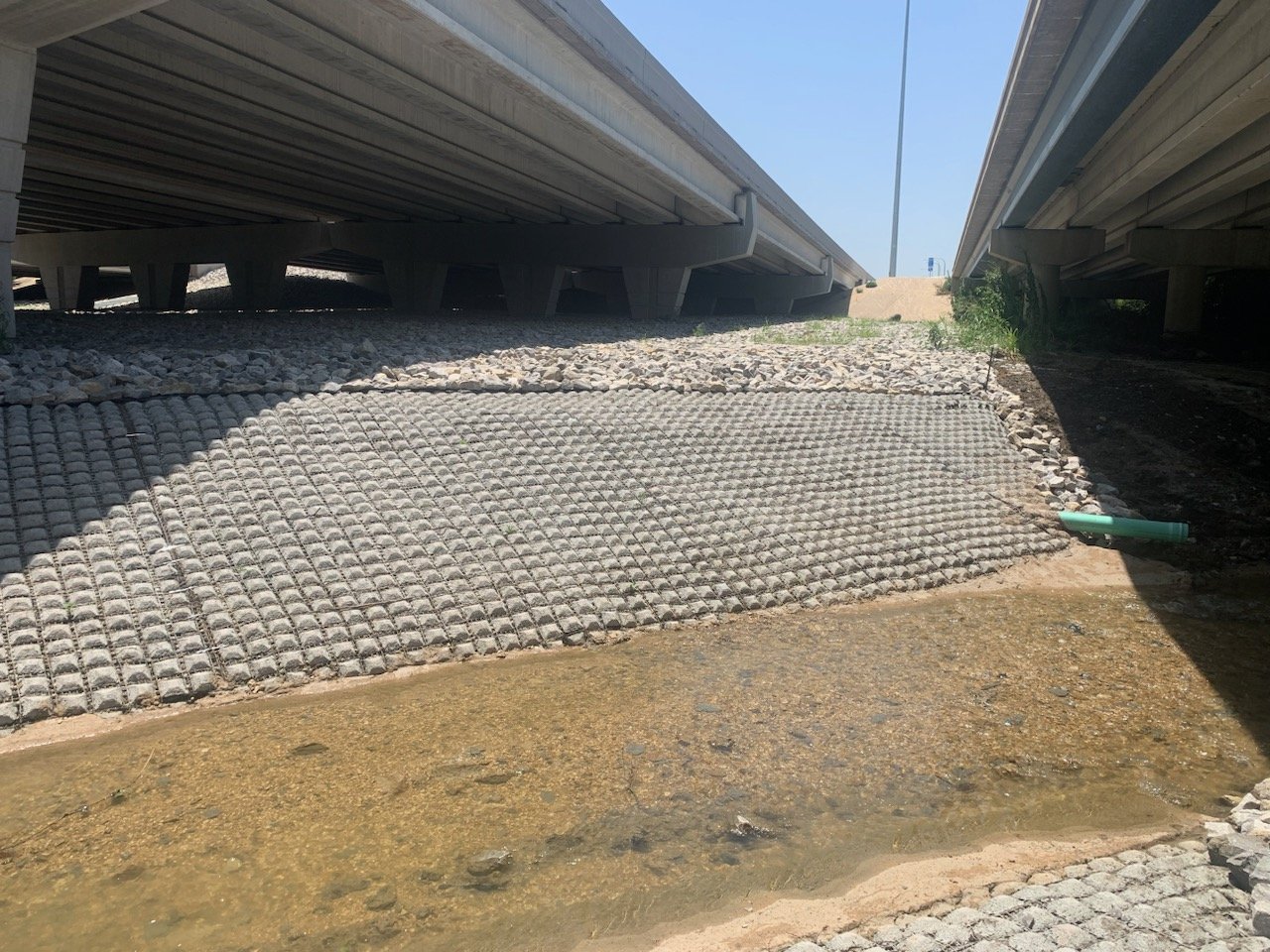
Stormwater Management
Stormwater runoff is a persistent challenge in Texas, where heavy rainfall can occur year-round. Without proper stormwater management solutions, uncontrolled water runoff can lead to erosion, property damage, and costly repairs. Implementing effective drainage systems, erosion control measures, and stormwater infrastructure helps protect your property from long-term deterioration.
What Does Stormwater Do?
Stormwater runoff leads to erosion, gradually wearing down surfaces as water continuously flows over them. This weakens drainage systems, widens channels, and compromises structural integrity, increasing the risk of flooding and costly property damage. Black Fox Services provides stormwater solutions, including erosion control, drainage system repairs, and redirection strategies to protect your property from long-term stormwater impact.
Managing Stormwater
Stormwater management involves controlling and treating runoff from rain and snowmelt to minimize environmental impact and prevent flooding and erosion. At Black Fox Services, we specialize in providing stormwater solutions for businesses, big box retailers, neighborhoods, and more. Our stormwater management services include a range of techniques and technologies designed to protect your property from water damage, such as:
Stormwater Retention: This technique uses retention ponds, basins, and other structures to temporarily store stormwater runoff. The water is released gradually, helping to mitigate flooding and reduce erosion risks.
Stormwater Infiltration: This approach allows stormwater to seep into the ground instead of flowing into surface waters. Infiltration systems, such as rain gardens, permeable pavements, and green roofs, capture and filter runoff, promoting groundwater recharge.
Stormwater Treatment: Various methods and technologies are employed to remove pollutants and contaminants from stormwater. Treatment systems like sedimentation basins, oil-water separators, and constructed wetlands improve stormwater quality before it's released into the environment.
Floodplain Management: This strategy involves identifying and mapping floodplains, ensuring that land use and development within these areas are managed to minimize flood and erosion risks.
Sand Trap Drainage System: This system features an underground concrete box with intake and outflow points. As stormwater flows through, sand and sediment are filtered and trapped inside, allowing clean water to flow toward the main sewer or water body. Sand traps are ideal for sediment-heavy areas but require regular maintenance, similar to septic systems.
Green Infrastructure: Utilizing natural systems like trees, vegetation, and wetlands, green infrastructure helps manage stormwater runoff. This approach reduces runoff volume, improves water quality, provides wildlife habitats, and enhances community aesthetics.


